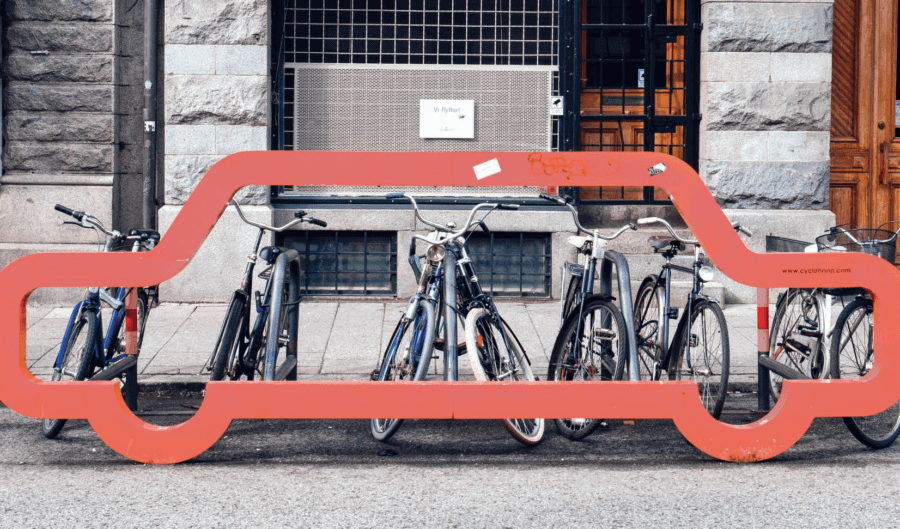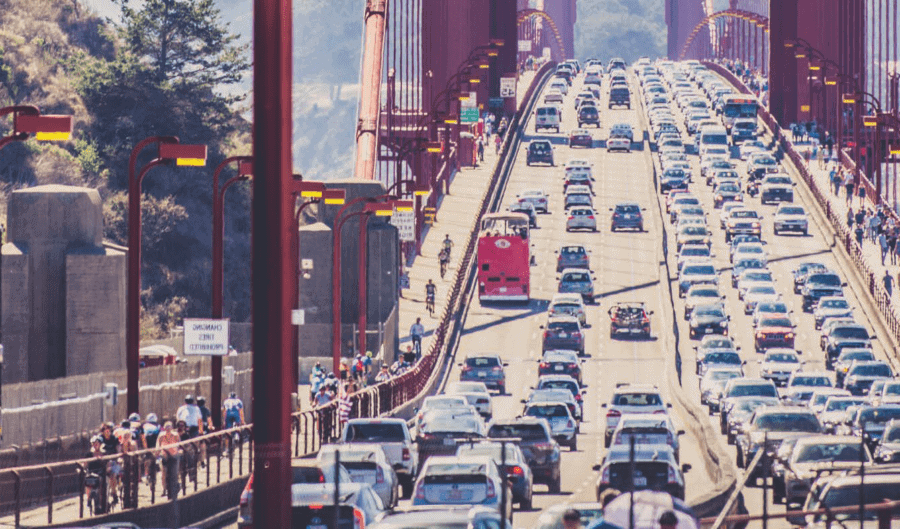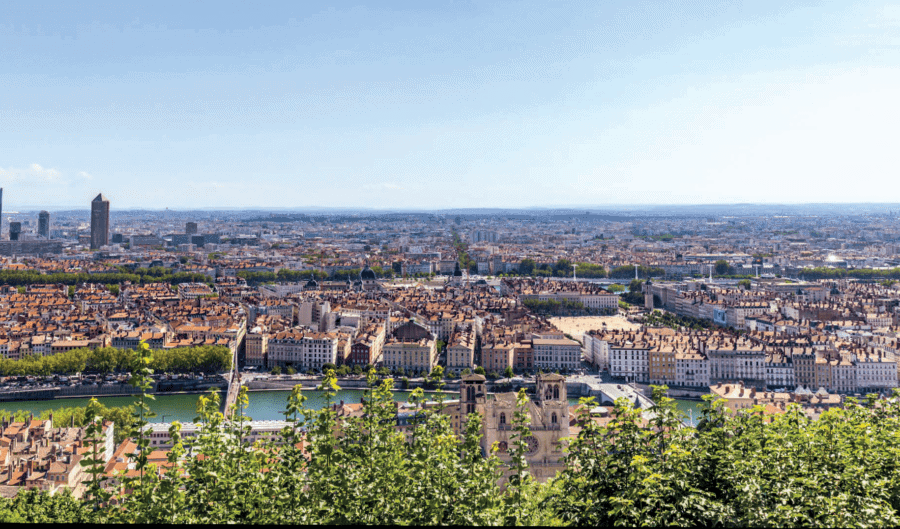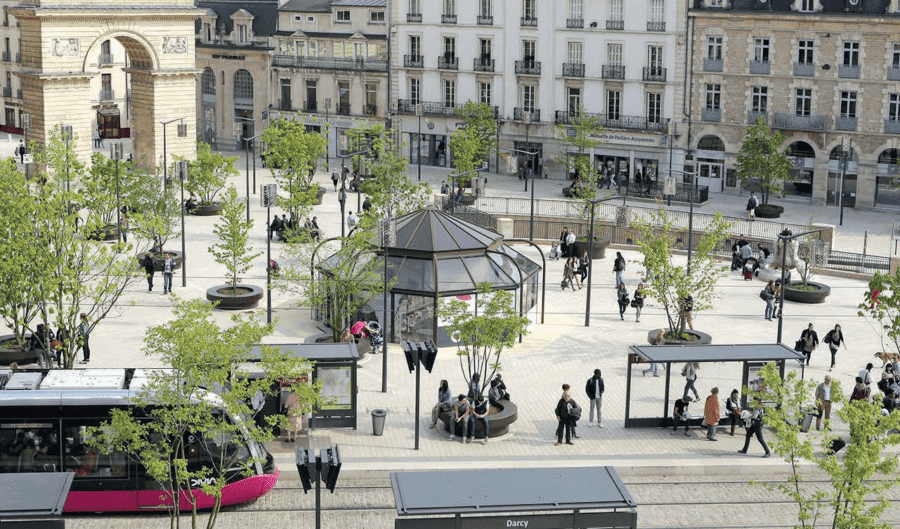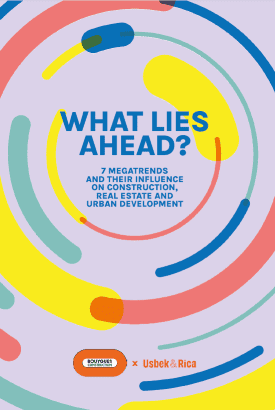
Cities and mobilities #1 An encounter with Virginie Alonzi
2 minutes of reading
Urban projects, infrastructures, recharging stations for electric vehicles, Smart City … The world of mobilities is changing every day and various different factors of it influence our daily lives. Introducing our series of expert testimonials on the subject. The first contribution is from Virginie Alonzi, Outlook Director at Bouygues Construction. She discusses the innovative solutions that are arising in the wake of emerging uses?

THE WORLD OF MOBILITIES AND ITS CHANGES
The cities of today are faced with multiple challenges! Not least mobility! The world of mobilities is changing rapidly and various factors in it have an impact on our daily lives; To begin with, the heritage of a Fordist city organised by function combined with demographic growth have favoured the dispersion of inhabitants, employment and urban sprawl. The digital sector has revolutionised our habits in the broad sense: consumption, training, work, leisure, accommodation, transport…and mobility is no exception! The changes have been numerous and there have also been developments in lifestyles, growing urbanisation, the arrival of new players in the sector…so many factors that raise the issue of our mobility needs. In parallel with these factors, there is growing awareness of the impact of certain modes of transport in terms of congestion, noise, pollution and their effects on the environment and health. Cities and regions must confront these negative externalities and propose a less stressful and less polluted living environment in order to meet the expectations of the citizens that we are, as well as to respond to the environmental challenges. The issues involving mobility are numerous: they are social and societal, environmental, economic and technological in nature (without mentioning the political aspect). The world of mobilities is changing rapidly and is no longer confined to transport!
In parallel with these factors, there is growing awareness of the impact of certain modes of transport in terms of congestion, noise, pollution and their effects on the environment and health. Cities and regions must confront these negative externalities and propose a less stressful and less polluted living environment in order to meet the expectations of the citizens that we are, as well as to respond to the environmental challenges. The issues involving mobility are numerous: they are social and societal, environmental, economic and technological in nature (without mentioning the political aspect). The world of mobilities is changing rapidly and is no longer confined to transport!

FUTURE MOBILITIES IN THE EYES OF BOUYGUES CONSTRUCTION
For several months, we took an open and collaborative approach to the mobility of goods and persons in order to act jointly (players and users together) to produce a vision of the ideal state of mobilities by 2030. We examined mobility supply and demand from a perspective of the uses made of it and the expectations of citizens. Mobility operators, collectivities, institutions, companies, startups, sociologist, players on the real property market and more contributed to this thinking process by sharing their visions and challenging their ideas using a sociological approach that combined the involvement of experts and future-orientated workshops. We also relied on the Observatory of Emerging Uses in Cities (OUEV), which carried out a survey on a sample of 4,000 people, representing the French population, and 3,000 Europeans, in order to hear how representations of the city had changed and the emergence of new mobility practices. For all these reasons, as a player in the region and as part of the urban fabric, we wanted to act collectively to encourage thinking on certain issues in order to improve the quality of private individuals’ lives whilst trying to reduce our environmental aspect, by adopting an approach focusing on uses.
We think that the fabric of cities and the fabric of new mobilities will be woven from uses!
For all these reasons, as a player in the region and as part of the urban fabric, we wanted to act collectively to encourage thinking on certain issues in order to improve the quality of private individuals’ lives whilst trying to reduce our environmental aspect, by adopting an approach focusing on uses.
We think that the fabric of cities and the fabric of new mobilities will be woven from uses!
URBAN CONFIGURATIONS & SUSTAINABLE MOBILITY
We explored future urban configurations via 5 themes, which can be seen as “tensions” currently affecting discussions on future mobilities :TO SUM UP IN A FEW WORDS…
Reducing undesired travel, consuming locally, using local services within your neighbourhood, preferring soft mobility, working from home…transforming our mobility profiles and reinventing our daily routine in the search for proximity. This keen ambition focusing on proximities calls our existing customs into question and encourages us to rethink our lifestyles, how regions are developed and configured, and the services offered in order to meet the new expectations of society. Mobility hubs could be one potential response: a fine mesh of locations with a concentrated mobility offer, as well as a concentration of daily resources and amenities.
Most read
More reading
Read also

Article
20 minutes of reading
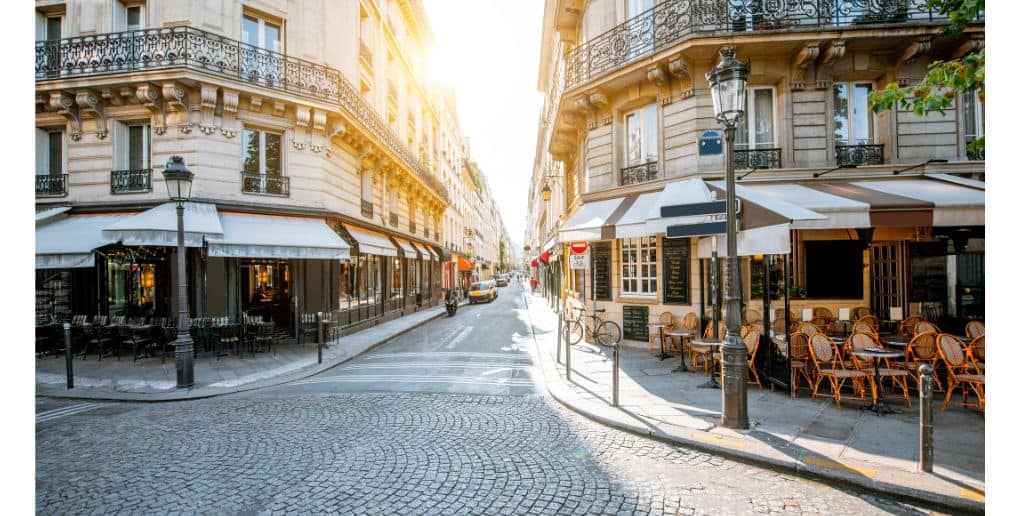
Energy
in partnership with


‘Paris at 50°C’: a fact-finding mission to prepare Paris for future heatwaves
Article
2 minutes of reading
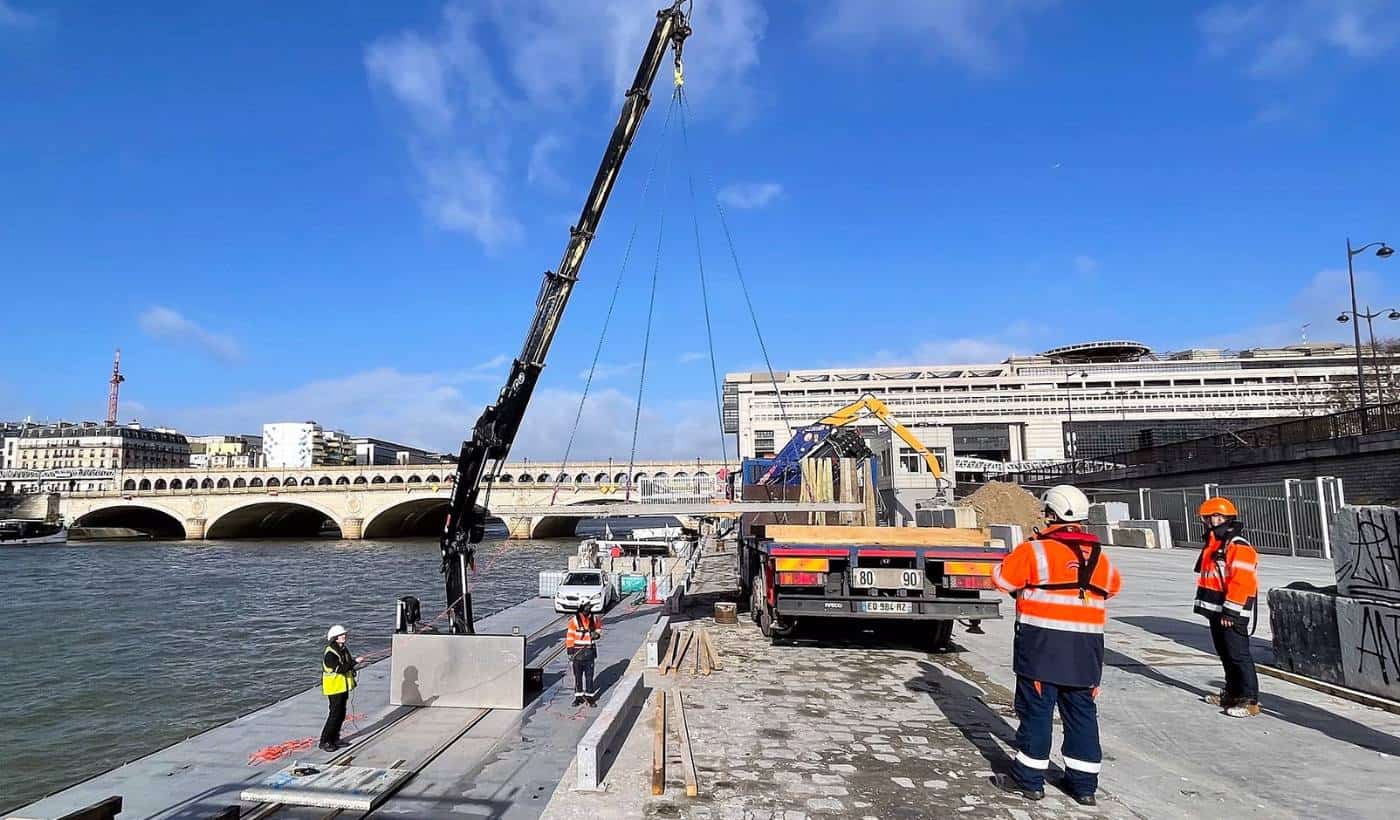
What if your sites were supplied via rivers instead of roads?
Article
3 minutes of reading



